| Weight | 164 g |
|---|---|
| Dimensions | 120 mm |
| Focal Length (mm) | |
| Max Aperture (f) | |
| Min Aperture (f) | |
| Aperture Blades | |
| Rear Mount | |
| Flange-Focal Distance (mm @ ∞) | |
| RF/L Extension (mm) | |
| Serial Numbers | |
| Production |
Schneider Makro-Symmar 120/5.9 [0059]
MSR Macro/line scan lens based on Makro Symmar HM large format taking lens. Optimised for 1:1.33. Reversible V38 mount allows for wider magnification range. Some versions marked [0159] and/or f5.6.

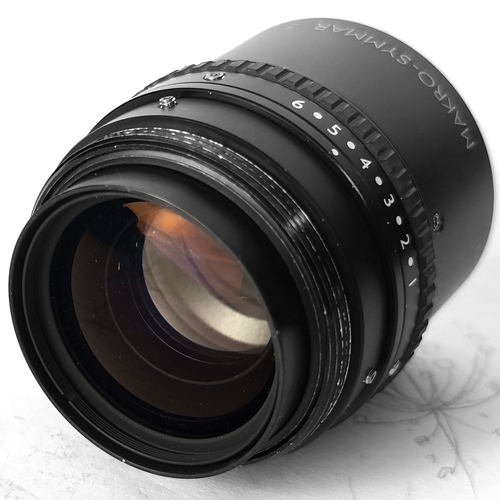







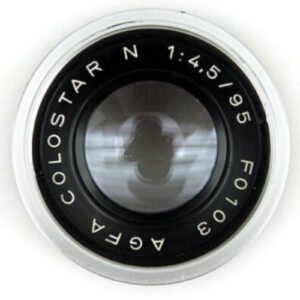
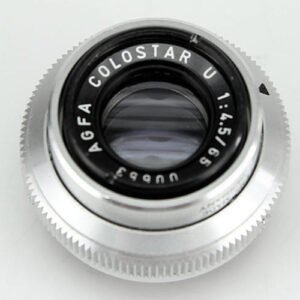

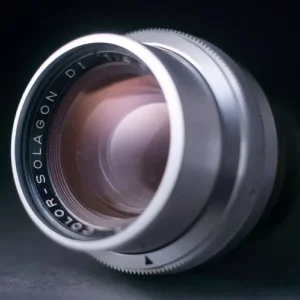



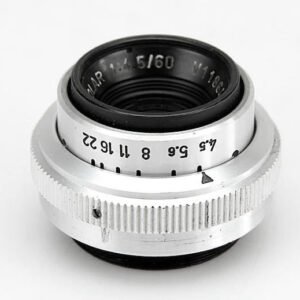
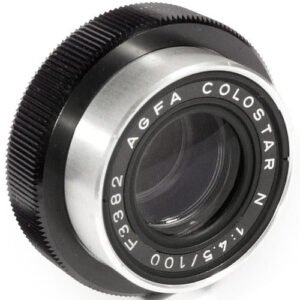
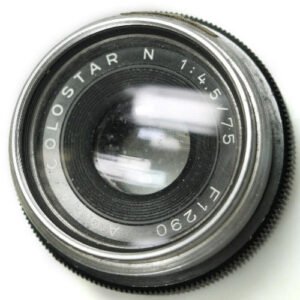
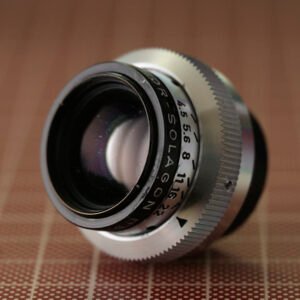
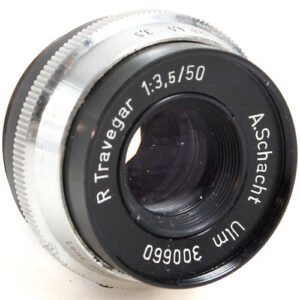
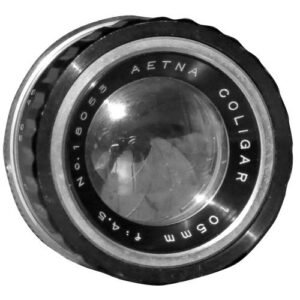


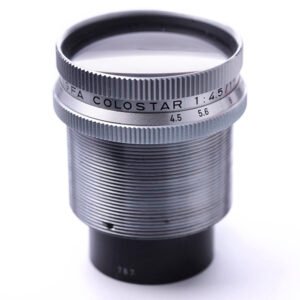
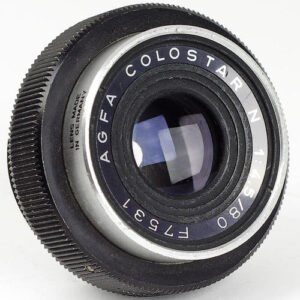
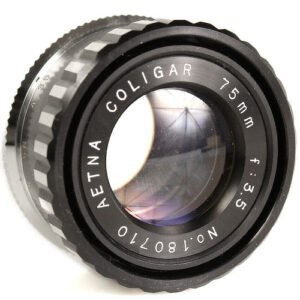

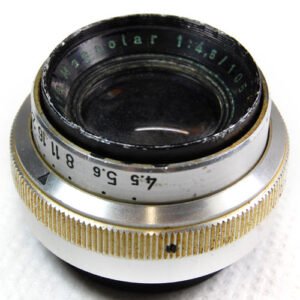
16:9 –
Few lenses come as highly regarded as the Schneider Makro-Symar 120/5.9 and its siblings modified as large format taking lenses. What I’m about to say doesn’t impugn their reputation, or malign this example unfairly – but this is not a useful general-purpose capture tool: it’s optimised for a very specific range of magnification and if you stray outside its comfort zone, more fool you.
Whereas the Schneider Makro-Iris 60/4 and 90/4.5 HM enlarging lenses – with which the Makro-Symmar shares its late 90’s/early 00’s production run, diaphragm, aperture ring, V-mount and all-metal construction – are superb at working distances from 20cm-20m (and still useable at 1:1 and infinity), the Makro-Symmar really means macro only. Beyond 40cm or so, resolution at wide apertures plummets from Zone C inward – losses increasing with distance. At this ‘normal’ working range, Zone A (centre frame) remains excellent throughout: almost hitting 9.0 from f5.9 and holding that level until diffraction batters it down. And stopping down to f11 and smaller delivers very fine results, but outside of copy work, few applications call for a 120mm lens that is quite good at f32.
Hampering its case further is a vulnerably exposed front element, high IR sensitivity that creates hotspots and unexpected flare, and mechanical vignetting if using M42 adaptors at close range, where the extension quickly exceeds 100mm. As if that wasn’t enough, bokeh wide open is a little harsh and muddled – though much better than the contemporary Schneiders with concave-5 apertures.
And of course you might read all this and say: “But it wasn’t designed for that purpose, you idiot!”, and I would hear you and agree, and warn you about expecting too much of your heroes, but point you towards similar lenses that have pleasantly surprised in similar circumstances. I might share with you a similar tale of disappointment testing the Printing Nikkor 105, and the Delta article highlighting the important of choosing the right lens for the right distance – before concluding that, when it comes to general taking, this one isn’t right at all.
For editorial balance, please see other reviews below. For a more sensible assessment of its ability to perform as designed, please visit https://www.closeuphotography.com/
macroji –
The oddly protruding front element in the photos is because this lens is a reversed 0.75x (0059) model optimized for 1.33x with an “R” in the name which probably means “Retro”.
It has the same appearance as the commonly seen models when the shroud is replaced.
It must be reversed in order to shoot in the long distance or at less than 1x because the lens is optimized for larger than 1x in its original position.